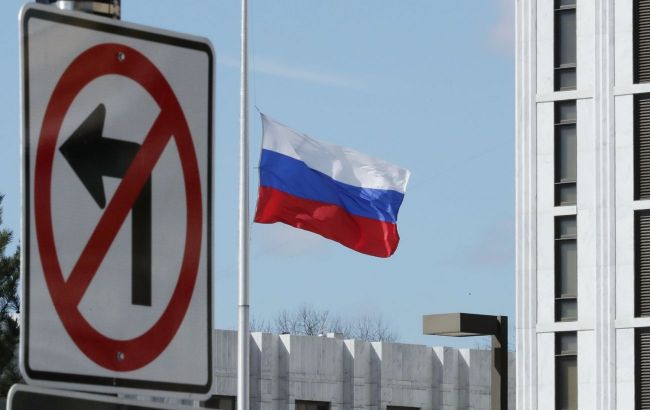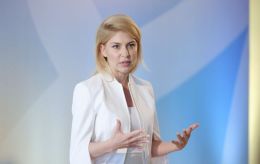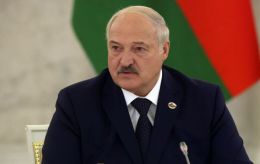Canada and UK approve reparations for Ukraine using frozen Russian $300B — Bloomberg
 Photo: Ukraine will receive reparations from Russia in the amount of $300 billion (Getty Images)
Photo: Ukraine will receive reparations from Russia in the amount of $300 billion (Getty Images)
The EU is preparing for a political decision on the use of frozen Russian assets. The United Kingdom and Canada have declared their readiness to act jointly, according to Bloomberg.
The United Kingdom and Canada have backed the European Union's plan to use part of the nearly $300 billion in frozen assets of the Russian Central Bank held by the G7 countries. The initiative aims to strengthen financial support for Ukraine.
According to Western officials, EU allies are close to an agreement to provide Ukraine with loans through a mechanism that will allow assets to be confiscated indirectly. This decision is seen as an important step towards strengthening the country's financial stability.
The funds are planned to be used to purchase weapons, including supplies from the US, after the Donald Trump administration decided to charge for weapons supplied. Part of the funding will also be used to support the Ukrainian economy.
Asset freezing and position of EU countries
According to data from the British Foreign Office published in March, more than £25 billion ($33.3 billion) of Russian assets have been frozen in the UK. The EU controls around €200 billion ($232 billion). Until now, Ukraine has only received funds from the profits and interest accumulated on these assets.
Most of Russia's reserves are held through the Belgian clearing house Euroclear, which has prompted caution on the part of Belgium and some other countries. Brussels insists on the creation of an insurance mechanism in case of possible legal claims from Russia.
According to sources, the EU or a group of member states is ready to provide Euroclear with guarantees to cover potential risks. The issue of legal guarantees remains a key obstacle in the negotiations.
Agreement plan and participation of allies
The EU hopes to reach a political agreement on the use of Russian assets as early as next week at a meeting in Brussels. After that, the European Commission will begin developing a legal mechanism that will allow funds to be allocated in the second quarter of 2026.
British Prime Minister Keir Starmer confirmed his readiness to coordinate with the EU after talks with the leaders of France and Germany. He stressed that the allies intend to cooperate with other G7 countries, including the US, where part of Russia's funds are also located.
Joint statement by EU leaders
"We are ready to progress towards using, in a coordinated way, the value of the immobilized Russian sovereign assets to support Ukraine’s armed forces and thus bring Russia to the negotiation table," said a joint statement by the leaders of France, Germany, and the UK.
"We agree to develop further bold and innovative mechanisms to increase the cost of Russia’s war and ramp up pressure. This includes driving forward action on the Russian shadow fleet," they added.
Next steps
This week, G7 finance ministers will discuss the plan at the International Monetary Fund's annual meetings in Washington. According to Western officials, new sanctions against Russia's energy sector and companies involved in circumventing restrictions are also on the agenda.
In addition, measures against third countries that use Russian hydrocarbons are being discussed to reduce Moscow's revenues from oil and gas exports. The allies intend to coordinate their actions to increase economic pressure on the Kremlin.
On October 23, a meeting of the European Council will be held in Brussels to consider the use of frozen Russian assets to provide financial assistance to Ukraine in the coming years. Participants will hear from Ukrainian President Volodymyr Zelenskyy.

